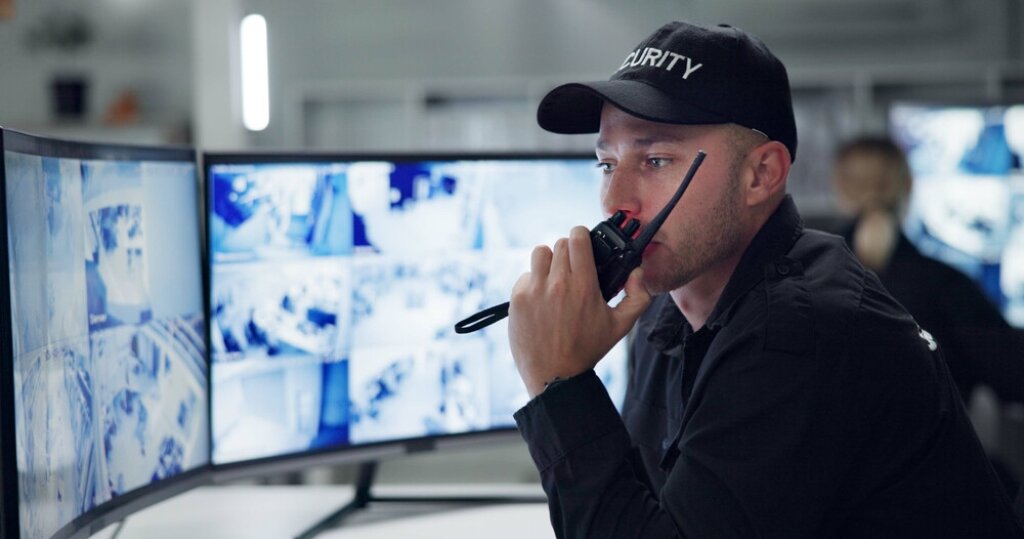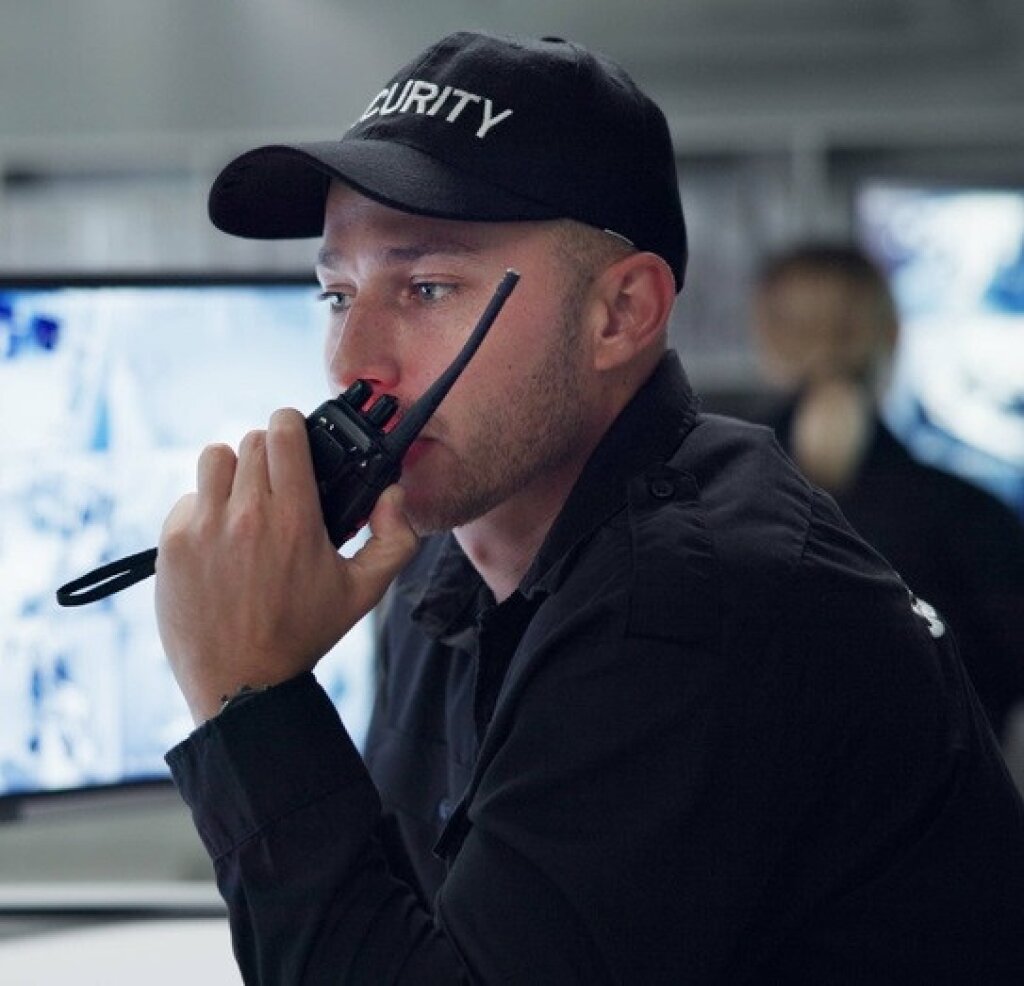Employee Rights Surrounding CCTV Cameras in the Workplace
Learn about rights around cameras in the workplace. Understand UK CCTV laws, privacy rules and how employers can and cannot use surveillance at work.
Introduction
Workplace surveillance is on the rise, with many employers opting to install CCTV cameras for security, performance monitoring and employee safety. But while technology offers benefits, it also raises serious questions about privacy and workers’ rights.
Can your boss legally film you at your desk? What are the rules around hidden cameras or sharing video footage?
This guide breaks down the key legal and ethical issues around cameras in the workplace and explains what UK law says about how CCTV can be used by employers.

Table of Contents
Why Do Employers Use CCTV in the Workplace?
Is Monitoring Employees on CCTV Legal in the UK?
CCTV Laws in the Workplace UK that Govern Workplace Surveillance
Can Employees Access CCTV Footage?
How Long Can CCTV Footage Be Kept?
What Is Video Redaction and Why Is It Important?
Do You Need to Display CCTV Signage in the Workplace?
Surveillance in Remote Work Settings
What Should a Workplace Surveillance Policy Include?
Ethical Considerations for Employers
Best Practices for Employers Using CCTV
Conclusion and Next Steps
Why Do Employers Use CCTV in the Workplace?
Security, safety, and productivity
Employers often use CCTV in the workplace to protect staff and property, deter theft and monitor workflows and productivity. For example, cameras may be placed in stockrooms or near entrances to capture unauthorised access.
Modern surveillance includes more than just theft prevention
Increasingly, cameras at work are also used to track productivity, ensure health and safety compliance, and even to monitor customer interactions. But such usage must be proportionate and legally justified.
Is Monitoring Employees on CCTV Legal in the UK?
Overview of lawful monitoring and limitations
In the UK, employers can use CCTV, but the law requires that monitoring must be:
Transparent
Proportionate
Justified for a specific purpose
Monitoring without clear cause can violate employee privacy and data rights.
When surveillance crosses the line into privacy violation
Secretly placing cameras in private areas like break rooms or toilets is illegal. And continuous monitoring without justification can lead to legal challenges based on the Human Rights Act, specifically Article 8: The right to respect for private and family life.
CCTV Laws in the Workplace UK That Govern Workplace Surveillance
Key legislation includes:
Data Protection Act 2018 (DPA)
CCTV data is considered personal data under the DPA. Employers must handle it fairly and transparently.UK GDPR
GDPR requires that employers conduct Data Protection Impact Assessments (DPIAs) for surveillance.Human Rights Act
The Human Rights Act protects everyone’s privacy, especially when surveillance is excessive, intrusive or hidden.
Information Commissioner’s Office (ICO) Guidance
The ICO is clear and precise in the advice it offers to employers and employees. While CCTV surveillance, email monitoring and bag checks all have their place, the ICO emphasises that actions must be proportionate and reasonable.
Employers must explain the amount of monitoring clearly in the staff handbook or contract. They should tell workers:
If they’re being monitored
What counts as a reasonable number of personal emails and phone calls
If personal emails and calls are not allowed
Examples of monitoring could include:
Looking at which websites workers have visited
CCTV in the building
Checking workers’ bags as they leave
Read more on the ICO’s website about surveillance and workplace disputes.
Can Employees Access CCTV Footage?
Subject Access Requests (SARs)
Employees have the legal right to request any footage they appear in, through a Subject Access Request under GDPR. Employers must respond within one month, although one or two-month extensions are permitted if the SAR is complex.
When employers must respond, and how redaction applies
Footage may be edited or redacted to blur out other individuals and data such as vehicle licence plates. Employers must balance the right to access with the rights of third parties also captured in the video footage.
Who else can access CCTV footage?
Police or legal authorities, for investigations.
HR teams, during misconduct or disciplinary investigations.
Third-party identities must be protected through redaction.
How Long Can CCTV Footage Be Kept?
There’s no exact legal limit, but the general rule is: Only as long as necessary.
For example:
30 days for general security
Longer retention periods if footage is part of an active investigation
Storing CCTV for months “just in case” without reason is very likely to breach GDPR.
What Is Video Redaction and Why Is It Important?
Definition and how redaction works
Video redaction involves blurring or obscuring people’s faces or identifiable features to protect privacy when sharing footage.
Legal necessity under GDPR
Under UK GDPR, redaction is often required when:
Responding to a Subject Access Request
Conducting internal investigations
Sharing with external parties (such as police, insurance companies, and news and other media outlets)
Redaction use cases
Disciplinary hearings
Data access requests
Employee grievances
While these are standard video redaction use cases, there are many diverse instances when redaction plays an important part in maintaining compliance, including safety in public places, shared-ride vehicles and lone worker monitoring.
Do You Need to Display CCTV Signage in the Workplace?
Transparency requirements
Yes, CCTV warning signs must be visible wherever cameras are used. Notices must explain:
The purpose of the surveillance
Contact details for the data controller (i.e., the organisation that hold the data)
Consent and employee awareness
While explicit consent isn't always required, employees should be fully informed. Hidden surveillance without notice is typically illegal.
Surveillance in remote work settings
With hybrid work models, surveillance has gone digital.
Webcam tracking and keystroke logging
Some employers use software to monitor remote employees through:
Webcams
Keyboard activity
App usage tracking
When remote monitoring requires redaction too
If images or screen recordings are shared, redaction must be applied to protect third-party data or sensitive content.
Balancing oversight with ethics
Monitoring remote staff must be proportionate. Excessive surveillance risks violating privacy and damaging trust.
What Should a Workplace Surveillance Policy Include?
An effective workplace CCTV policy should cover:
Purpose of surveillance
Surveillance-related laws acknowledge that organisations have a right to protect their legitimate interests. ‘Legitimate interest’ is a key term and employers must be able to explain why they use surveillance.Scope: where and when cameras are used.
Access controls: who can view footage?
When it comes to who can view CCTV footage at work, keeping the authorised viewer list as short as possible is a legal requirement and is also good operational practice. Access to recorded images should be restricted only to those who need access in order to fulfil their roles.Data processing
Keep data secure, don’t sell data, and respond to SARs in a timely manner. The way a company handles its employees’ data develops trust and is part of an employer’s brand, as valuable as the way that organisations handle customers’ data.Redaction process for footage shared externally.
Storage protocols
Organisations should state how and for how long they will keep data. Employees should know that their data is kept securely with minimal risk of a security or privacy breach.Employee communication and updates.
Having a robust Workplace Surveillance Policy in place helps to build transparency and protect both employer and employee rights.
Watching Employees on Camera when they Work from Home
Employees working from home may wonder if their employer can monitor them on CCTV at home. For example, if the employee is using company equipment.
Employees have the right to expect the same respect when working at home or in transit as when working on the employer’s premises.
Employers can use software that can take screenshots, track times when employees clock in and out, and log app activity and keystrokes.
However, any monitoring activity must be disclosed to employees by the employer, just as an employer would inform staff that they being monitored on CCTV in a formal workplace such as an office or warehouse
Ethical Considerations for Employers
Avoiding a “Big Brother” culture
Excessive use of cameras at work can feel intrusive and lead to decreased morale and higher staff turnover.
Impact on employee trust and morale
If employees feel constantly watched, it may harm psychological safety and workplace culture.
The redaction step as a safeguard for dignity
Using video redaction before sharing or reviewing footage helps to maintain people’s privacy rights and demonstrate ethical data handling.
Best Practices for Employers Using CCTV
Justify Your Surveillance Clearly
Link each camera to a specific, lawful purpose (e.g., theft prevention, safety).Perform an Impact Assessment
A Data Protection Impact Assessment (DPIA) is legally required in most cases.Use Redaction Before Sharing Footage
Always redact individuals other than the subject of interest when sharing video clips internally or externally.Secure and Limit Access to Footage
Limit access to designated personnel and use encryption or secure servers.Review and Update Your Surveillance Policy
Keep policies up-to-date and hold regular reviews to ensure compliance with evolving laws.
Conclusion and Next Steps
UK laws support the use of CCTV in the workplace, but within strict limits. Employees have rights, including access to footage and protections under GDPR and the Human Rights Act. Employers must be transparent, proportional, and ethical in how they monitor staff.
Why video redaction should be standard practice
Redaction isn’t just good practice - it’s a legal requirement in many contexts. Redaction also helps protect dignity and minimise risk during investigations or data requests.
Next steps
Employers
Audit your current CCTV use and update your surveillance policies.Employees
Know your rights, and if concerned, request access to your video footage or raise a data protection query.
About Facit Video Redaction Technology
Facit is a leader in the field of video redaction technology. Our redaction solutions remove personally identifying information from video footage quickly, accurately and cost-effectively to enable organisations to share video footage compliantly.
Facit works with employers in the transport, retail, government and finance sectors, among others, to help them maintain security and safety, and to ensure that their employee surveillance is legal.
If you have questions about employee surveillance in the workplace, please complete the form below.
Related Articles
FAQ
Can CCTV be used to monitor staff?
Yes, but only if it's justified, proportionate and communicated to staff.
Can my boss read my emails without my knowledge in the UK?
Only under certain conditions, such as monitoring for misconduct or legal compliance. Employers must inform you that monitoring may occur.
What are the GDPR rules regarding CCTV?
CCTV footage is personal data and must be handled under GDPR rules: fairness, transparency, data minimisation and purpose limitation.
Do I need CCTV warning signs?
Yes. Signs are legally required to inform individuals that they are being recorded.
Do CCTV cameras have to be visible?
Generally yes, especially in the workplace. Hidden cameras without strong justification are likely to be illegal.
Is it legal to watch your staff constantly on CCTV?
Not unless it's absolutely necessary. Continuous monitoring without cause can be challenged under privacy laws.
Can my employer watch me through my webcam in the UK?
Only if you've been informed and monitoring is justified. Covert use of webcams is typically unlawful.



